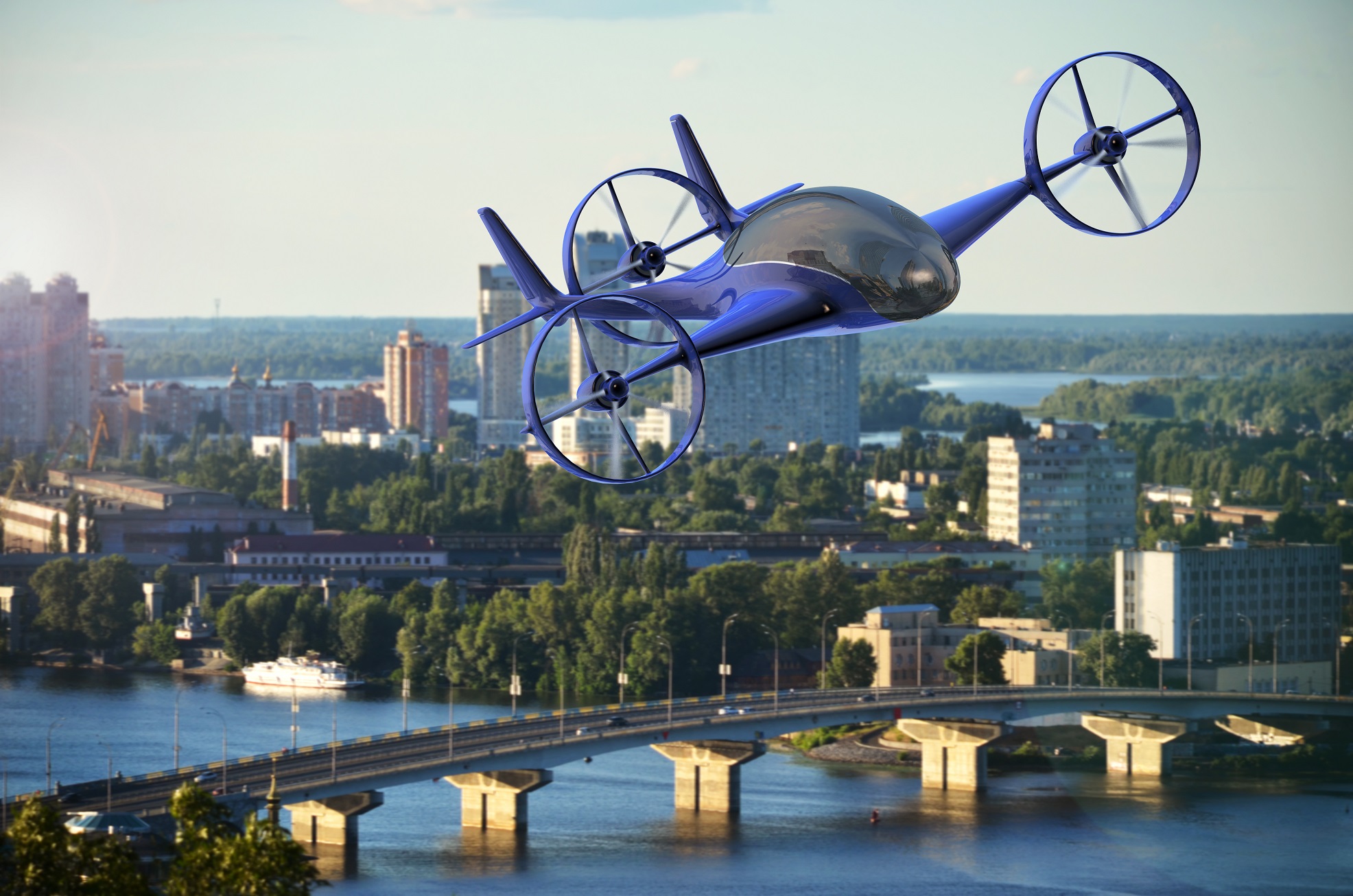Recent technological advances are bringing closer the introduction of flying vehicles (Vertically Taking off and Landing Vehicles -VTOLs) into the transport systems of the near future. Technology pioneers announce massive introduction of flying vehicles within the coming five years. Managing this new air traffic is a certainly great challenge and respective research and technological development is currently carried out. However, there is an important repercussion on road traffic and safety not only at the air-ground interface but also at the incorporation into the road traffic of these new types of vehicles.
Joint research in air and road traffic management of the flying vehicles in needed, with special focus on the air-ground interface for the take-off and landing. These operations might initially be carried out outside the road traffic flows; however sooner or later they will be integrated into the road traffic flows. The development of the flying vehicles should proceed in parallel with respective research and development of their safe integration into the road traffic system. The development of the flying vehicles should influence and should be influenced by the development for their safe integration into the road traffic system.
Furthermore, the integration of these much lighter and smaller vehicles into the road traffic system entails important safety consequences, which should be studied and addressed already at the early stages of the flying vehicles development. For example, strong vehicle accelerations should be automatically banned when the flying vehicle travels within the road traffic system. The potential safety hazards that the flying vehicles are running from the other road vehicles should be examined and addressed, as also should be addressed the potential safety hazards that the flying vehicles will entail to the vulnerable road users (motorcyclists, cyclists, pedestrians).
Contribution at the ERTRAC Workshop on Future Research for Road Transport Safety & Security, Brussels, May 2017

